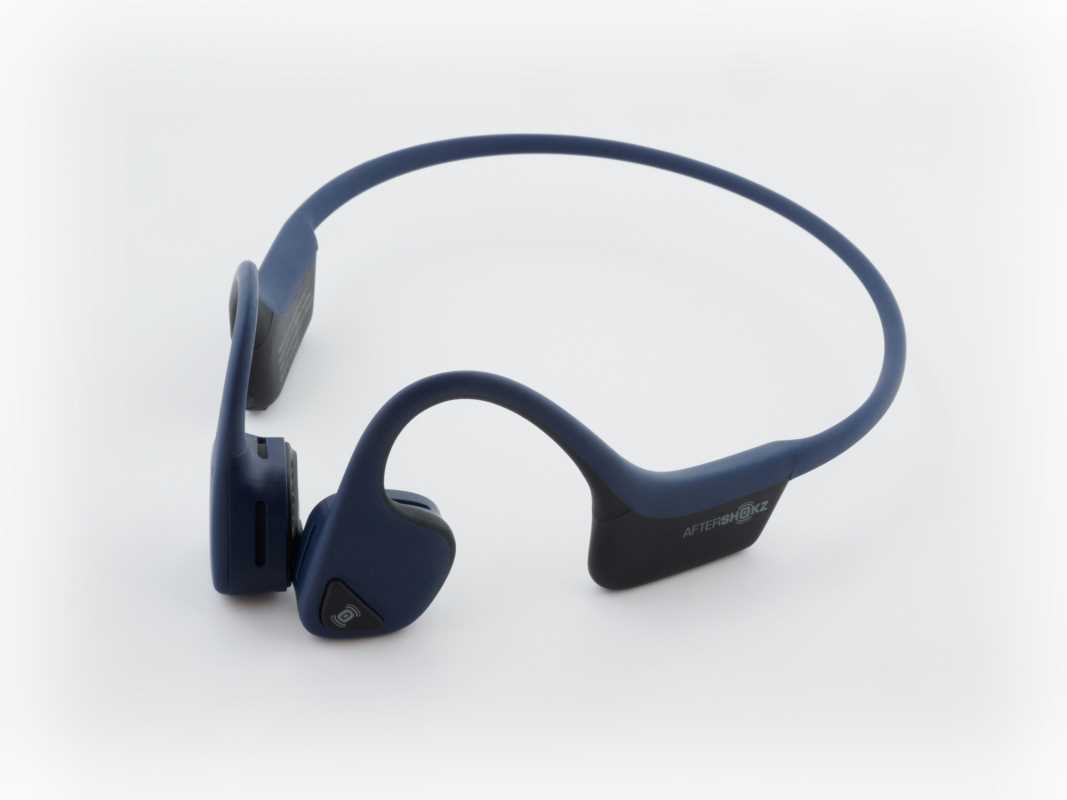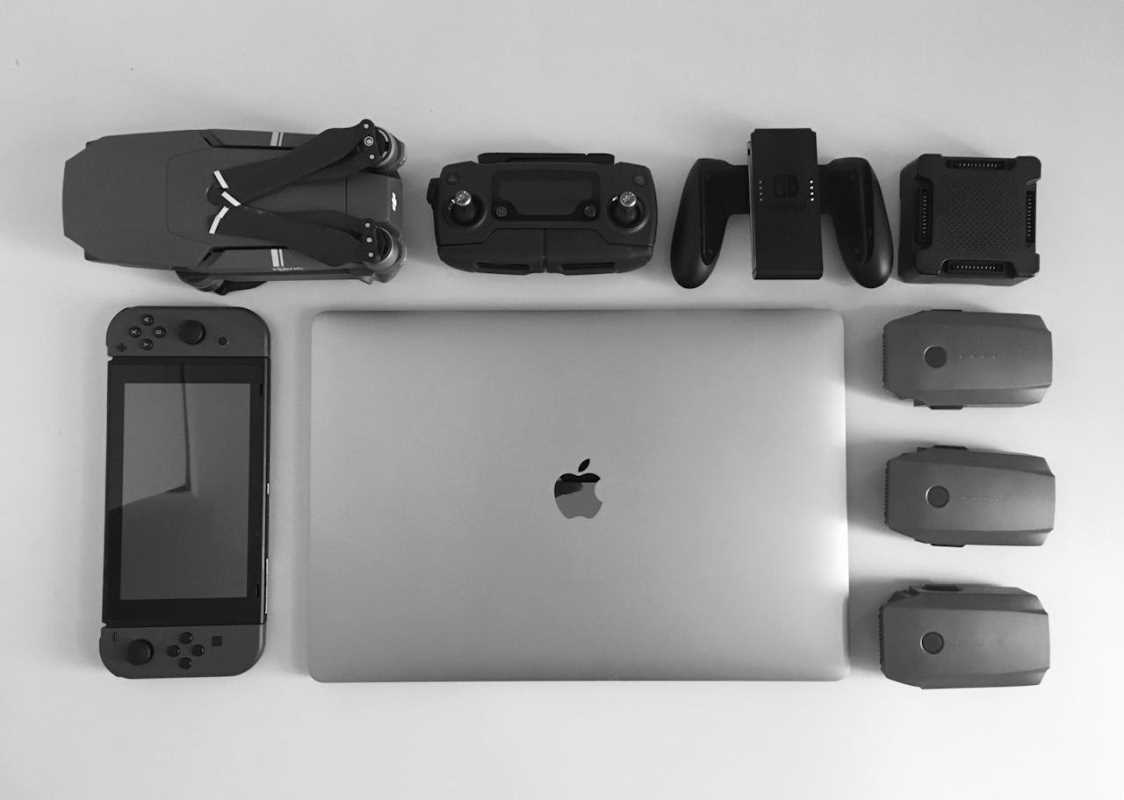Imagine sitting in a bustling coffee shop or a lively co-working space, attempting to conduct a phone call with colleagues or clients. The constant hum of conversations and the clatter of coffee cups make it difficult for you to concentrate, and your voice struggles to break through the din. It's a familiar scenario, but bone-conduction headsets present an innovative way to improve your communication experience. These headsets bypass traditional audio delivery methods, ensuring your conversations remain clear and uninterrupted, even amidst the chaos of a noisy environment. This cutting-edge technology promises to transform how you manage calls in public spaces.
This innovative technology bypasses the typical eardrum route and transmits sound directly through the bones of your skull. By doing so, it leaves your ears open to environmental sounds while ensuring the conversation remains crisp and clear. As you explore your options for supplementing your communication toolkit, understanding how these headsets work and what they offer can lead to improved productivity and clearer conversations.
Why Bone-Conduction Headphones Stand Out
Bone-conduction headsets use a unique method of sound transmission:
- They send vibrations through the cheekbones or near the temples instead of filling the ear canal with audio.
- This technique leaves the ear canal open to surrounding sounds, making it a great choice for staying aware of your environment.
- The design rests lightly on the head, ensuring a comfortable fit during long calls or extended listening sessions.
This technology differs significantly from traditional headsets that rely on speakers inside the ear. It works by converting sound into vibrations that travel directly to the inner ear, enabling you to engage in conversations without fully isolating you from your surroundings.
The system benefits users who need to balance clear communication with situational awareness. Because the ear canals remain uncovered, you can enjoy the convenience of a private call without becoming completely detached from ambient sounds.
Benefits of Bone-Conduction Headsets for Calls
Using bone-conduction headsets has several distinct advantages. First, they enable you to remain alert to your surroundings while still enjoying quality audio for calls. The technology supports hands-free use and builds a bridge between personal audio and environmental awareness.
- Enhanced awareness in busy environments.
- Comfortable design that stays in place during movement.
- Ideal for making calls without isolating from ambient sounds, thanks to bone-conduction technology.
- Useful in scenarios where safety matters, such as walking in a crowded space or sharing a workspace with colleagues.
Users appreciate that these headsets allow them to converse without completely shutting out important background information. This ease-of-use becomes particularly valuable when unexpected sounds or announcements require immediate attention.
Another practical benefit is their ability to reduce the risk of ear fatigue. Since they do not press sound directly into the ear canal, extended wear often proves more comfortable than traditional in-ear or over-ear options.
Top 7 Bone-Conduction Headsets
Bone-conduction headsets are a game-changer for professionals working in shared spaces. By keeping your ears open, they keep you aware of your surroundings while delivering sound through your cheekbones. Here’s a closer look at seven headsets, broken down to highlight their key features, benefits, and ideal use cases.
1. Shokz OpenComm
- Key Features: Noise-canceling boom microphone, 16-hour battery life, Bluetooth compatibility.
- Benefits: Designed for crystal-clear communication, even in noisy environments. Lightweight for all-day comfort.
- Ideal For: Professionals in open-office spaces needing reliable call clarity during meetings or phone sessions.
2. AfterShokz Aeropex
- Key Features: Premium audio quality, IP67 water and sweat resistance, lightweight design.
- Benefits: Combines excellent sound clarity with a durable, sweatproof build. Open-ear design keeps you alert.
- Ideal For: Hybrid use in workspaces and workouts, offering versatility for busy professionals.
3. Vidonn F1 Titanium
- Key Features: Durable titanium frame, six-hour battery life, ergonomic fit.
- Benefits: Affordable while maintaining high call quality. Comfortable for extended wear.
- Ideal For: Budget-conscious users who need a reliable option for long conference calls.
4. Tayogo S2
- Key Features: Bluetooth 5.0, lightweight build, stable connectivity.
- Benefits: Seamlessly connects to multiple devices while delivering clear audio. Affordable and functional.
- Ideal For: Professionals on the move, frequently switching between devices for calls and work.
5. Shokz OpenMove
- Key Features: Dual noise-canceling microphones, multipoint pairing, lightweight design.
- Benefits: Exceptional value with robust call clarity and the ability to connect to multiple devices.
- Ideal For: Users seeking an affordable, high-performance headset for both personal and professional use.
6. Naenka Runner Pro
- Key Features: IP68 water resistance, Bluetooth connectivity, 8GB internal storage.
- Benefits: Functions well indoors or outdoors, with clear audio and offline playback for added flexibility.
- Ideal For: Active professionals working in dynamic environments or traveling frequently.
7. YouthWhisper Pro
- Key Features: Extended eight-hour battery life, dual-mic noise reduction, ergonomic fit.
- Benefits: Provides excellent comfort for all-day wear while ensuring crystal-clear calls in busy spaces.
- Ideal For: Professionals needing reliable performance in noisy environments like coworking hubs or public areas.
Comparing Alternatives: Bone-Conduction vs. Other Headsets
When choosing between bone-conduction headsets and other popular options, several factors emerge as pivotal. One major point of comparison is how well each option isolates ambient noise. Traditional noise-cancelling headsets provide better sound isolation but may leave you less aware of important environmental cues.
Here is a simple comparison:
- Bone-conduction Headsets: Allow ambient noise in while transmitting voice through vibrations. They ensure safety and awareness in shared settings.
- In-ear Headsets: Offer excellent noise isolation and bass response but can lead to ear fatigue and reduce situational awareness.
- Over-ear Headsets: Deliver rich audio quality and comfort for prolonged use yet often come with some level of sound isolation that may not suit shared settings.
- Some models specifically designed for calls in shared spaces strike a balance between isolation and environmental awareness.
Consider the benefits, limitations, and daily needs to choose the best tool for effective conversations in shared spaces.
 (Image via
(Image via





